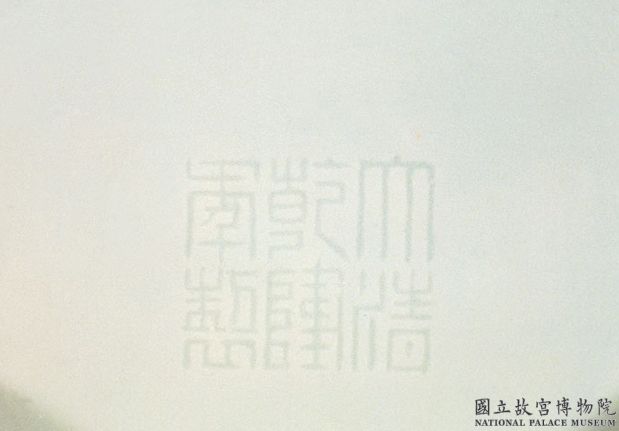Porcelain gui-shaped ceremonial equipment in white glaze Qing dynasty, Qianlong reign (1736-1795)
- Image Number: C1B001963N000000000AB
- Dynasty: Qing dynasty
- Category: Ceramics
- Function: Container
- Material: Minerals/Ceramics/
- Description:
Since the Ming Dynasty, official kiln workshops have been burning all kinds of porcelain sacrificial vessels required for temples or altars. According to the Ming Festival, the green, yellow, red and white vessels are used to worship the round hill, square hill, sun altar and moon altar. The Qing Dynasty followed the old system, “sacrificial offerings in temples and altars follow the ancient system, but porcelain is used for utensils”. In the 13th year of the reign of Emperor Qianlong (1748), the emperor issued an edict: “Sacrifices should be made according to the ancient ways.” The porcelain sacrificial vessels fired by imperial kilns include beans, Deng, Fu, Gui, Xing, Zun and other bronze like sacrificial vessels. These porcelain sacrificial vessels are covered with different glazes and used in various ceremonies, among which white porcelain sacrificial vessels are commonly used in the moon altar. It is also the “Imperial Ritual Ware Pattern” issued in the 13th year of Qianlong’s reign, that is, there are two kinds of “Gui” and “Xing” shapes the same as this exhibit. Gui is used to hold rice sorghum. It is used as an oval body and cover, which is decorated with four protruding triangles

Pictures & Images [HD] download
© Copyright
The copyright of the article belongs to the author, please keep the original link for reprinting.
THE END





![[Qing Dynasty] British female painter—Elizabeth Keith, using woodblock prints to record China from the late Qing Dynasty to the early Republic of China—1915-China Archive](https://chinaarchive.net/wp-content/uploads/2022/11/image-191x300.png)